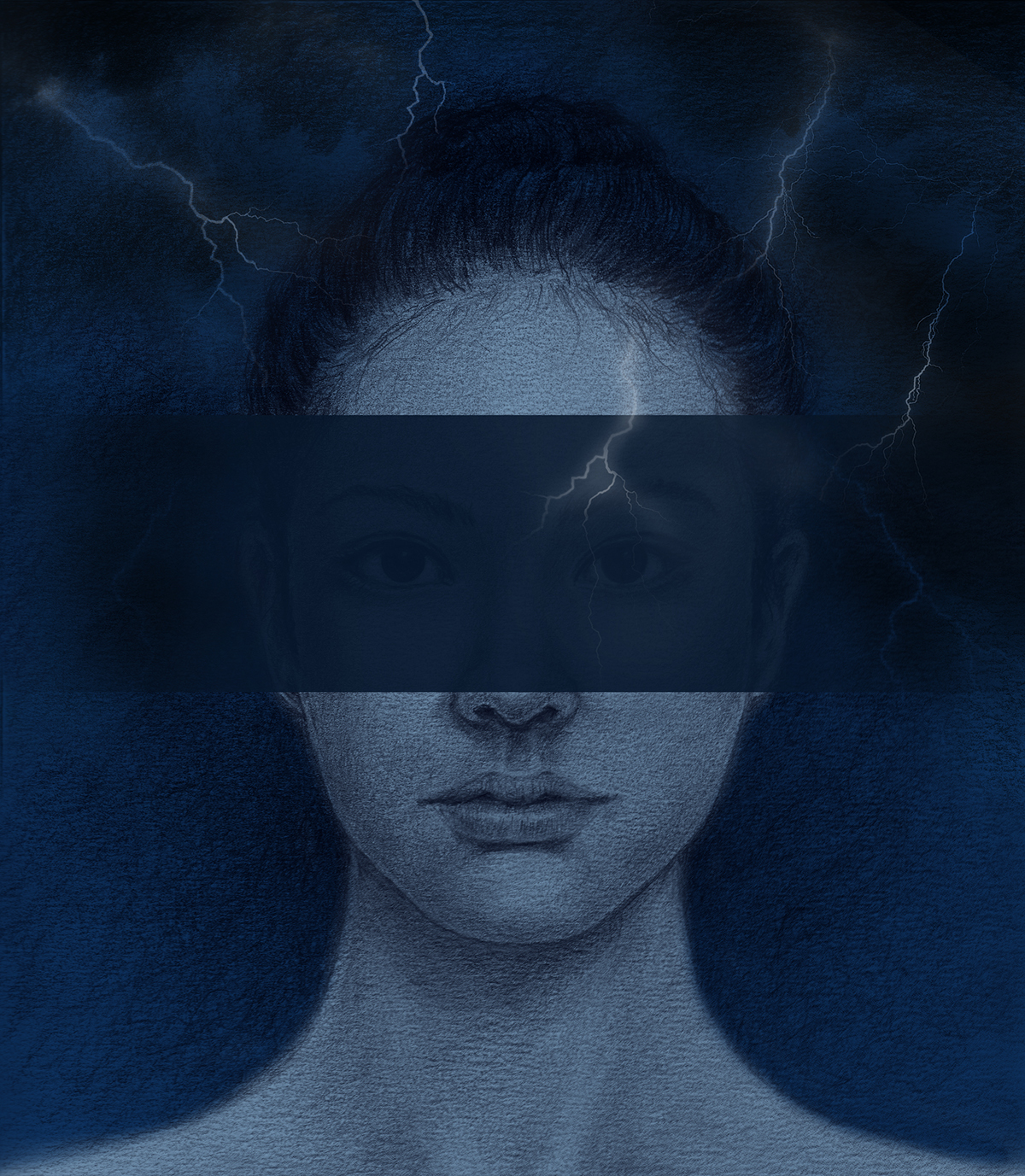Watch Out for Red Flags
Be alert for a potential change of status for a client who seemed stable. Clients are normally cleared medically before proceeding to the physical therapy clinic.
However, never take anything for granted with any client. I once saw a client who had passed through the system and came to our clinic with a cervical spine fracture. Her immediate visit to ER revealed a cervical spine fracture. She was whisked away for a cervical fusion. She returned later following surgery, having averted disaster.
Be aware of any potential undiagnosed skull fracture. In addition, intracranial bleeds can develop. These bleeds can occur over weeks or months. Initial imaging may not always detect them.
Look out for subtle signs such as your client becoming less oriented, increased drowsiness or balance and walking disturbance. Keep an eye out for any changes in your client’s eyes’ dilation or constriction. Vomiting might occur. Speech could become slurred. Recheck cranial nerve symptoms periodically to make sure your client’s overall baseline remains stable.
Check extremity strength. Have a high index of suspicion when your client has weakness in both the arm and leg on the same side while the other side remains strong. One-sided weakness may herald nerve damage in the neck that has not been addressed. Send your client to Urgent Care for further clearance before initiating treatment.
Physical Therapist’s Role
Educate the anxious concussion client that their symptoms will not last forever! Physical therapists can reassure clients that they will recover from their concussion. Depression can slow the recovery process. Physical therapists need to help the client from going into a mental tailspin when they struggle with their slow healing process.
Approximately 70-90% of people recover from concussion in one to three months. However, others do not recover in that time frame. Physical therapists monitor their clients’ progress and encourage those who do not recover in the normal timeframe.
Common Treatable Problems Following Concussion
Headaches. Headaches naturally plague people following their concussion. Physical therapists can soften the severity with neck mobilization, endurance and strengthening exercises, acupressure, and relaxation techniques.
Eye symptoms. Eye strain and dysfunction frequently produce headaches. Reading difficulty may persist following concussion. As a result of the strain of this task, ferocious headaches can be triggered.
Dizziness. People may develop balance issues and dizziness after concussion. Implement exercises for repositioning inner ear crystals, eye stabilization exercises and balance exercises to move a client past this complication.
Concussion and Exercise
Current literature does not support long rest following concussions. 24-48-hour rest after injury is beneficial. However, after that initial recovery period, activity is recommended. Indeed, delaying return to activity hinders the speed of concussion recovery.
Return to activity gradually. Consider the Buffalo Concussion Treadmill Test to introduce aerobic exercise back into the client’s regimen.
In brief, Buffalo Concussion Treadmill Test starts the concussion client with walking on zero-degree incline surface at 3.2 mph. After each minute, incline the treadmill an additional degree. Consequently, after 15 minutes the client walks at a 15-degree incline.
Thereafter, increase treadmill speed by .4 mph to increase the difficulty. Record heart rate and Rate of Perceived Exertion. If a client demonstrates any signs of concussion distress, the test is stopped. Theoretically, though not decisively validated, the more the client’s heart rate can increase prior to concussion symptom onset, the faster the recovery will be. Regardless, the Buffalo Concussion Treadmill Test safely incorporates exercise into the concussion patient’s recovery plan.
Realize the various components of concussion cannot be treated in isolation. Concussion treatment is complicated. This article provides a very brief overview of the various facets we need to consider in concussion rehabilitation. Suffice to say, concussion treatment has evolved considerably from the simple “just shake it off” attitude that prevailed several decades ago.
–You understand that if not done properly, some techniques and exercises described in this blog could harm you. Any activities you perform are at your own risk, and you expressly agree to waive any claims against the author for any harm that may arise from your own actions. By reading this blog and conducting these exercises, you accept this risk. This blog provides content related to physical and/or mental health issues. As such, your use of techniques described acts as your acceptance of this disclaimer.
-Consult Chapter 2 in my book, “Calming the Headache Storm” to make sure the headache is not the sign of a more serious problem. The techniques, advice and strategies contained in this blog may not be suitable for every individual and should be abandoned if your headache increases. Seek the advice of your physician.
